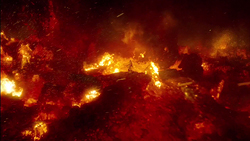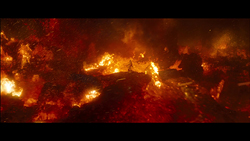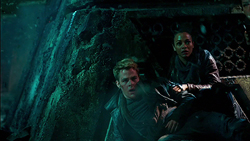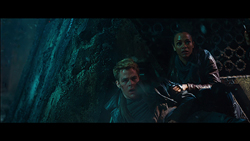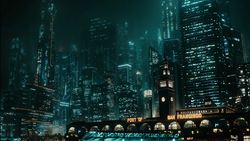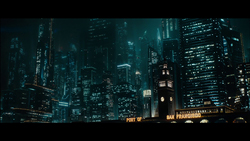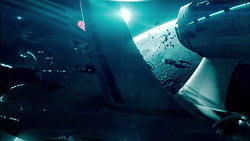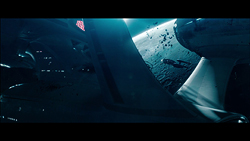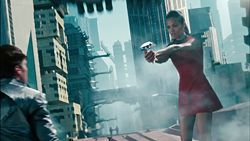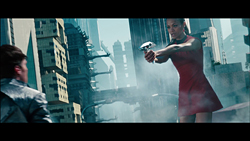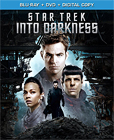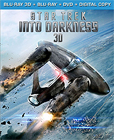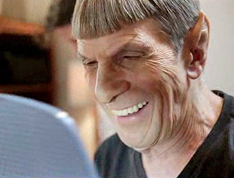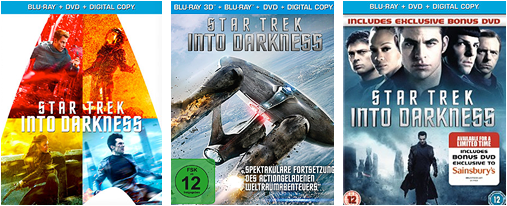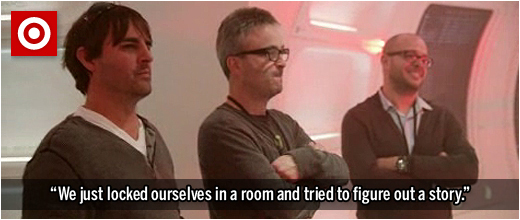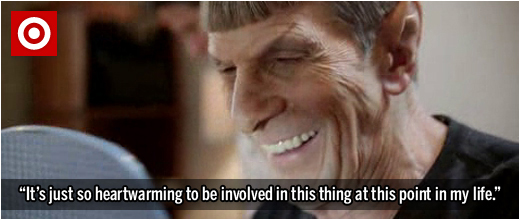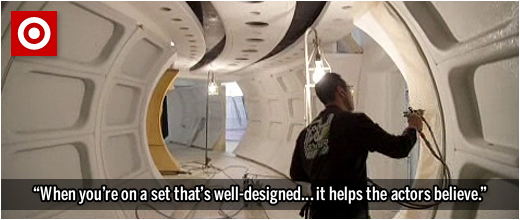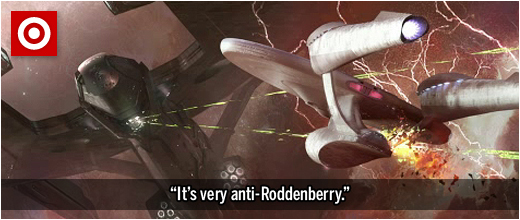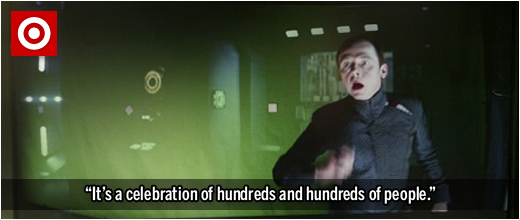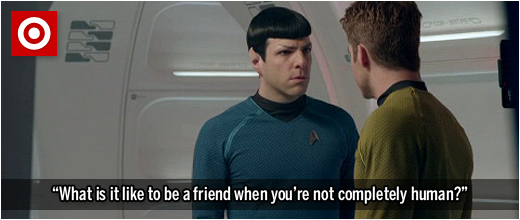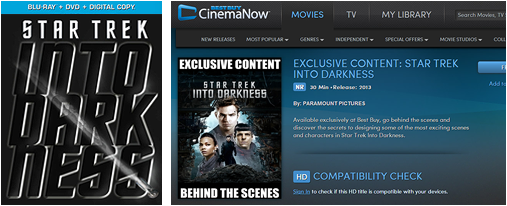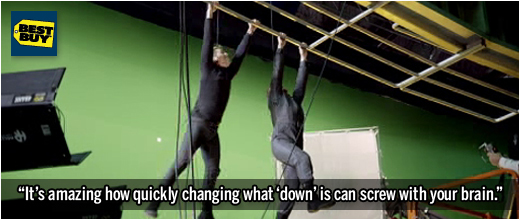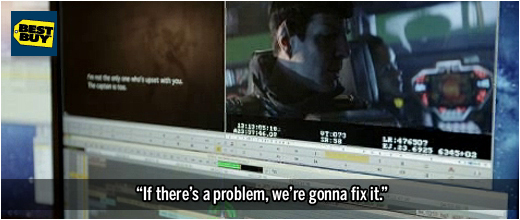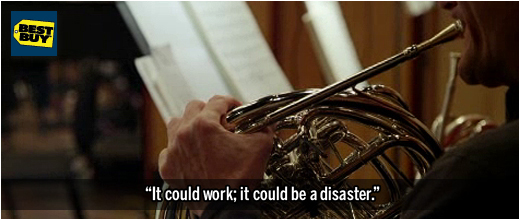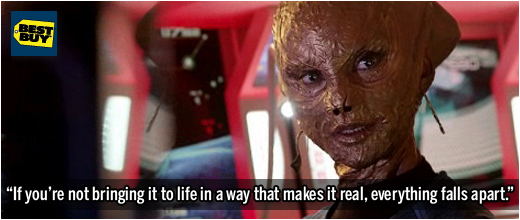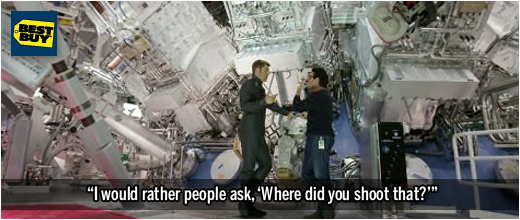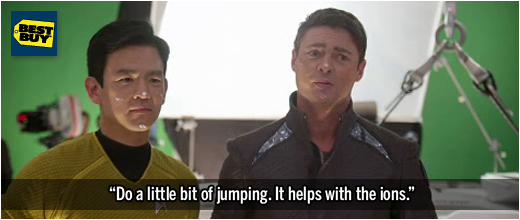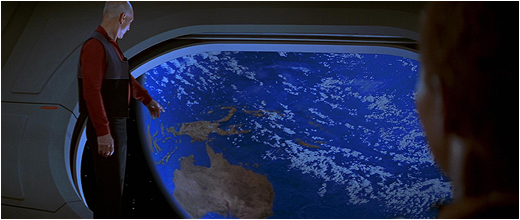Una McCormack has been writing Star Trek fiction professionally for the past ten years. Her new novel, The Crimson Shadow, is the second book in Star Trek: The Fall, a five-book miniseries that includes the universes of The Next Generation and Deep Space Nine.
TrekCore’s literature editor Dan Gunther caught up with the author in anticipation of the book’s September 24 release.
![]()
TrekCore: What initially brought you to Star Trek, and how did you come to write Star Trek fiction professionally?

Una McCormack: I didn’t see the Original Series when I was growing up, because it wasn’t really on television in the UK in the 70s and 80s. I loved the films as they were coming out, though. My first real Trek love was TNG, which arrived in the UK at a good age for me – I must have been about sixteen or seventeen, and ready to watch a quite thoughtful SF show. I read a lot of the books at that time too.
I didn’t get into DS9 then – that came later, when my friend Andrew made me borrow his videos and insisted I watch it, because I’d love it. I wasn’t all that enthusiastic, to be honest, but he was completely right, I did love it. Soon I was writing DS9 fan-fiction and posting it online. My writing was recommended to the editor of the Trek line at Pocket Books, who was looking for new writers at the time, and invited me to pitch to the series.
Those pitches became my short story “Face Value” (in the DS9 anniversary anthology Prophecy and Change), and my novel Hollow Men (a follow-up to the sixth season episode “In the Pale Moonlight”). I was extremely lucky to break into writing Trek books. Many of my writer friends have been trying for ages, and I got asked!
TrekCore: What was it about Deep Space Nine in particular that drew you in?
Una McCormack: I started watching with “The Way of the Warrior”, and I think that’s quite a good place to come into DS9; it’s a very slick episode, the show has a new surety of touch. You feel immediately immersed in this quite detailed and rich milieu. That season keeps that up, so I felt that I was watching a well-imagined show with plenty going on that I could learn about and discover. It didn’t feel cardboard, it felt as if it had depth.
Then I liked the kinds of stories it was telling, which asked political questions. The “Homefront”/“Paradise Lost” two-parter was when I distinctly remember sitting up and paying attention. “Oh,” I thought, “I didn’t know they did that kind of story on Star Trek!” I’d been a big fan of Babylon 5, which also does that kind of thing really well.
And then there was Garak…
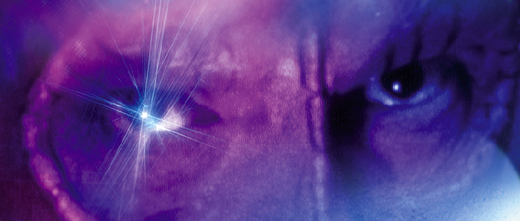 McCormack has become one of the lead Cardassia ‘worldbuilders’ in Trek fiction.
McCormack has become one of the lead Cardassia ‘worldbuilders’ in Trek fiction.
TrekCore: Your past Deep Space Nine works show a love of the Cardassians, and Garak in particular. As a writer, what is it that attracts you to the Cardassians?
Una McCormack: I do like my Cardassians! Initially, I was pretty shocked by the destruction on Cardassia at the end of the Dominion War. I kept thinking about how many people had died and what that would mean for a civilization, particularly when the person who had been built up to be its redeemer – Damar – gets summarily killed off in the blink of an eye.
What interests me about Cardassia is how this clearly very sophisticated culture could so easily turn to brutality – not just the Bajoran occupation, but also the way it treats its own marginalized members. Garak epitomized this struggle between sophistication and brutality – he constantly did things that went against his better nature and his integrity. I do think that Garak has integrity. It’s just not a much-exercised muscle!
There are also obviously lots of parallels between what happened to Cardassia and the situation in Europe at the end of World War II, so it became a way for me to explore European history, but in a way that meant I didn’t have to worry about fidelity to historical detail – I didn’t have to do a ton of research and instead could make things up as I went along.
I remember reading a review of my book The Never-Ending Sacrifice, which takes place over several years on Cardassia Prime during the Dominion War, in which the reviewer said that it was like reading a strange kind of historical fiction set in a made-up culture. That’s exactly what I was doing. I’ve been very lucky to have a free hand to explore and world-build Cardassia Prime.
TrekCore: Before your career as a professional author, you were a sociologist. How has your past experience as a sociologist informed your writing of Star Trek?
Una McCormack: I was quite a bad sociologist, professionally speaking. I was more interested in made-up societies than anything going on around me. I’m much more excited about and invested in playing Middle Earth Risk than real-world Risk!
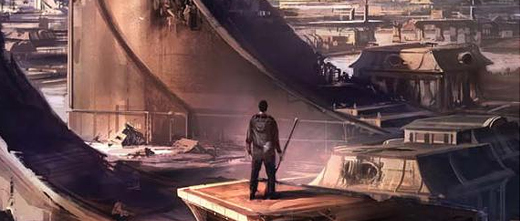 McCormack explored Dominion-occupied Cardassia in “The Never-Ending Sacrifice.”
McCormack explored Dominion-occupied Cardassia in “The Never-Ending Sacrifice.”
If anything, I think it’s the other way round. My interest in science fiction and the kinds of questions it can pose is what made me think sociology was a good fit for me, like: What is the relationship between the individual and her society? How is a person shaped, formed, or constrained by their social context? What strategies do the marginalized have at their disposal to enable them to live good lives?
But actually, science fiction turned out to be a better tool for the kinds of things I was interested in doing than sociology, partly because I think it allows me to think abstractly about real world examples to be able to draw more general conclusions. I teach writing at university level now, rather than sociology.
TrekCore: Moving on to this month’s release, The Crimson Shadow: can you tell us a bit about the experience of writing this novel? What was it like to collaborate with your fellow authors on an expansive, multi-book storyline?
Una McCormack: Those guys – David R George III, David Mack, James Swallow, and Dayton Ward – are pretty amazing. Their knowledge of Trek is astonishing. They love these books and are deeply immersed in them. We all worked very closely, with the editor, Margaret Clark, to thrash out a story which we thought would engage and excite readers, and keep them going through the whole five-book series. So we threw around story ideas, wrote up outlines, co-created characters, shared round characters that we’d created.
There was a pretty stunning spreadsheet by the end, making sure that events across the books tied up – the series takes place over a sixty-day period, so you have to keep a close eye on what’s happening. The title of the series, The Fall, comes from the fact that James Swallow and I are both British, so when Margaret was talking about “the fall series of books”, we didn’t realize she simply meant the books due to come out in autumn, and immediately said, “Brilliant title!”
TrekCore: In “The Wire“, Garak gives Dr. Bashir a piece of Cardassian literature entitled Meditations on a Crimson Shadow. Is the title of your novel a reference to this Cardassian book, or is there another origin for the title The Crimson Shadow?
Una McCormack: The title of my novel is a direct reference to Meditations on a Crimson Shadow. That book plays an important part in my book, and you’ll find out more about Preloc’s book when you read my story.
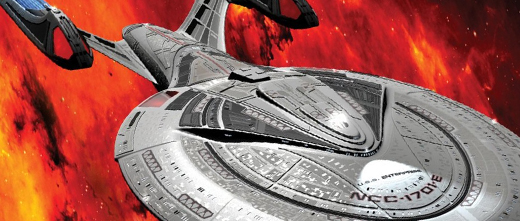 “Never mind,” said Bashir. “Don’t tell me. I don’t want you to spoil the ending.”
“Never mind,” said Bashir. “Don’t tell me. I don’t want you to spoil the ending.”
TrekCore: Are there any other hints or sneak peeks you can offer our readers about what they can expect in The Crimson Shadow?
Una McCormack: Expect Garak and Picard to do what they do best – talk. There will be other Cardassians as well, as the book is set on Cardassia Prime. Of course, I’ll also be following up plot threads from David R. George III’s Revelation and Dust, while setting up plot threads for the following three books (David Mack’s A Ceremony of Losses, James Swallow’s A Poisoned Chalice, and Dayton Ward’s Peaceable Kingdoms).
TrekCore: Can you tell us anything about Home Again, the Next Generation story you have coming out in late 2014?
Una McCormack: I’m going to be fairly cryptic – yes, I’m writing that novel, but as for the details… Home Again will probably not even be the final title!
TrekCore: Clearly, you have a deep love of Deep Space Nine and its characters. However, is there another series or time period that you haven’t yet written about that you would like to tackle someday?
Una McCormack: I’ve written now for the Next Generation characters in my Typhon Pact novel Brinkmanship, which involves Crusher and Picard. The character that I would really love to write for is Kira, perhaps during her days in the resistance. Kira is one of the most complex and best performed female characters in Trek. A short story that focused on the friendship between Kira and Jadzia/Ezri would also be nice.
TrekCore: Beyond Star Trek, do you have any projects that you have done or are working on that our readers might be interested in?
Una McCormack: I’ve written two novels for BBC Books based on Doctor Who – with the Eleventh Doctor, Amy, and Rory – called The King’s Dragon and The Way Through the Woods.
I’ve also been writing for Big Finish recently, a company that produces audio plays based on Doctor Who and other well-known TV series. I’ve written a play for their spin-off series Gallifrey, starring Louise Jameson (Leela) and Lalla Ward (Romana), and an audiobook for their Blake’s 7 line, with Gareth Thomas (Blake) and Sally Knyvette (Jenna).
Una McCormack can be found on Twitter.
![]()
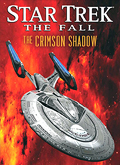 |
Order Star Trek The Fall: The Crimson Shadow |
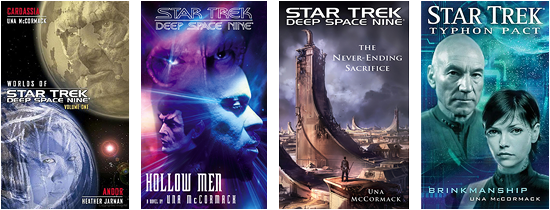 |
|||
| Amazon US Amazon UK Amazon DE |
Amazon US Amazon UK Amazon DE |
Amazon US Amazon UK Amazon DE |
Amazon US Amazon UK Amazon DE |

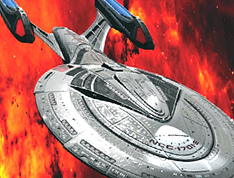
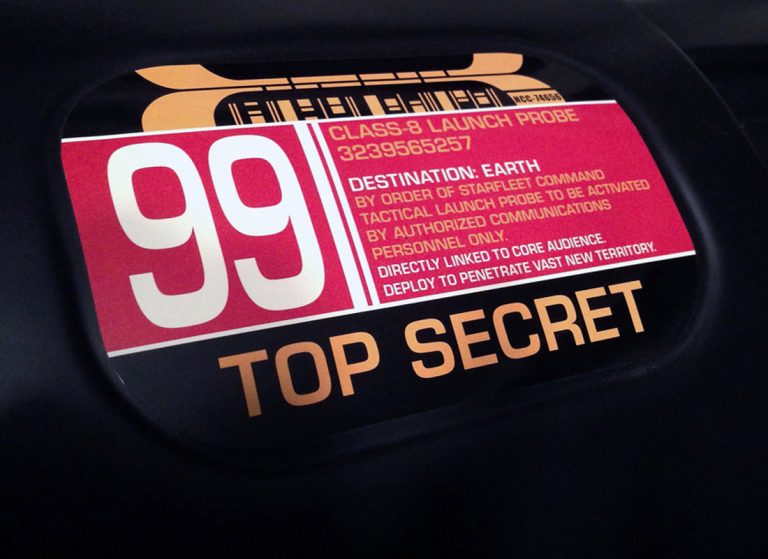
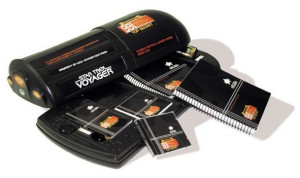
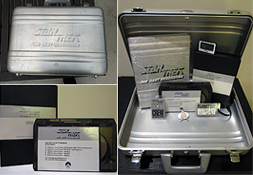
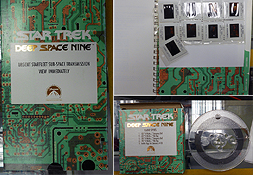
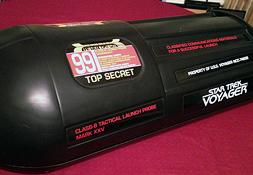
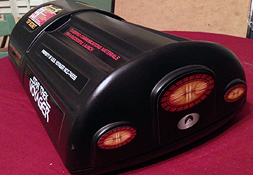

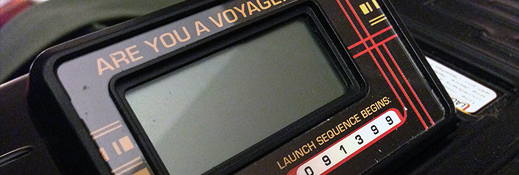
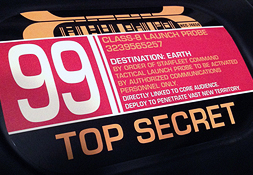
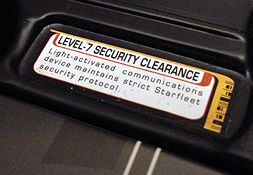
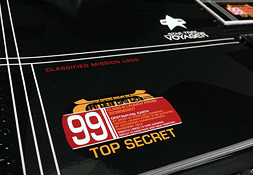
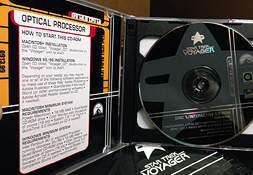
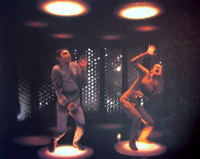
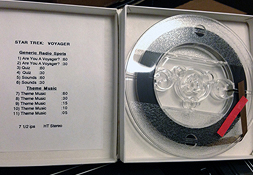
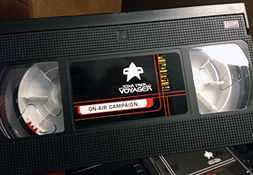
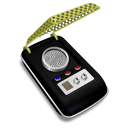
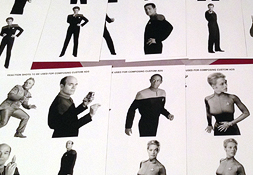
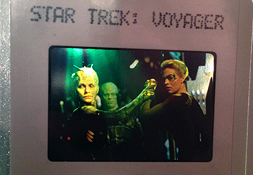

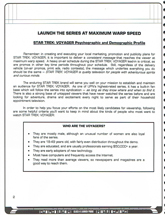
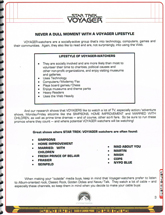
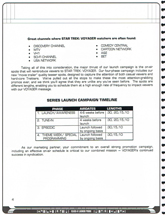
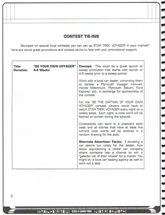
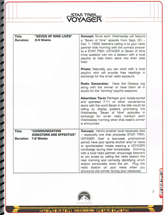
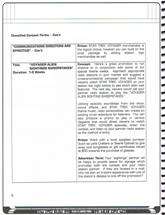
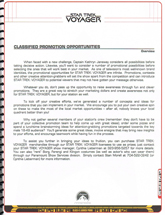
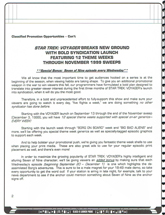
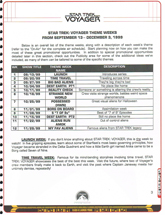
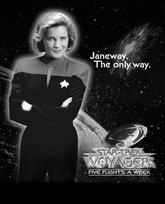
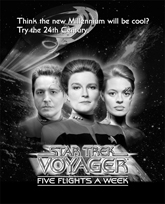
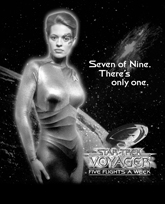
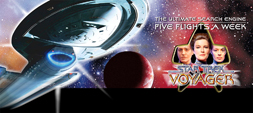
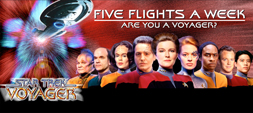

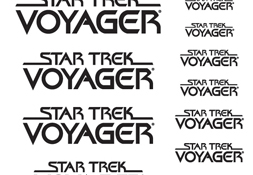
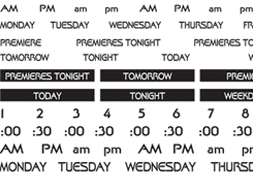
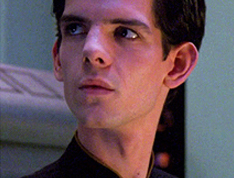
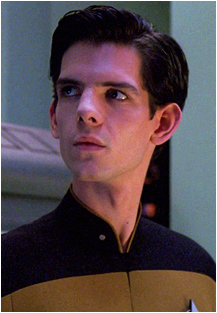 Here’s another entry in our ongoing
Here’s another entry in our ongoing 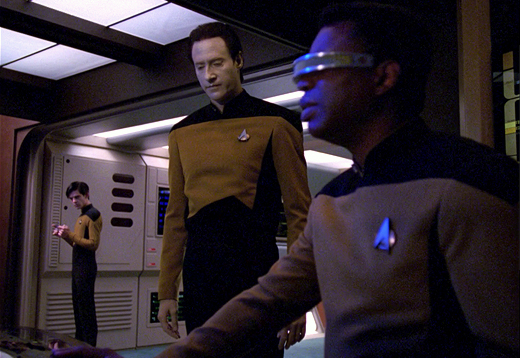
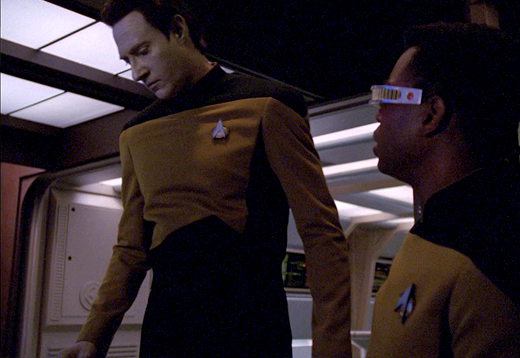
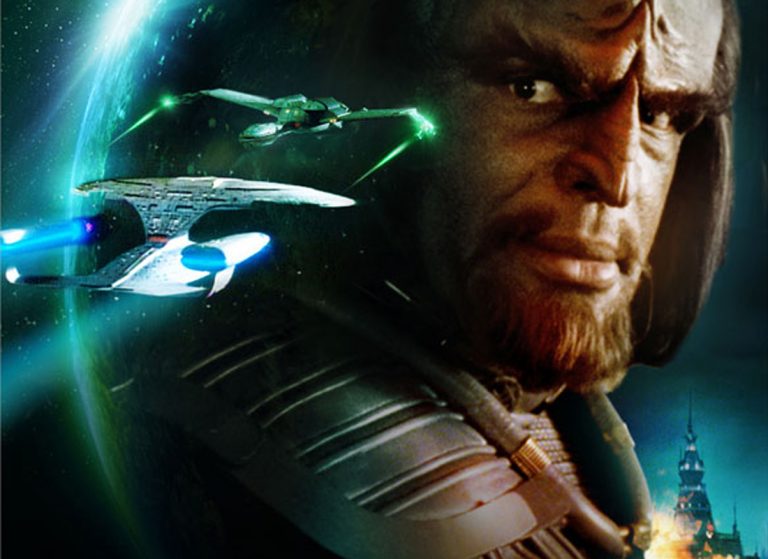
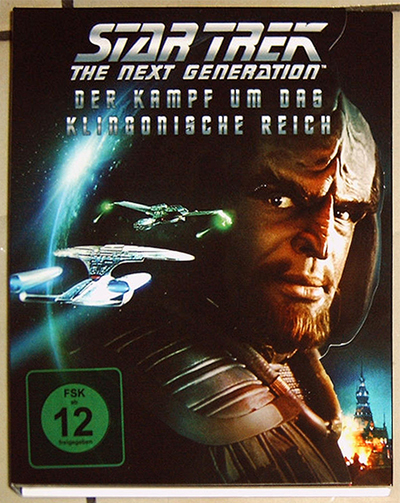
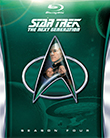

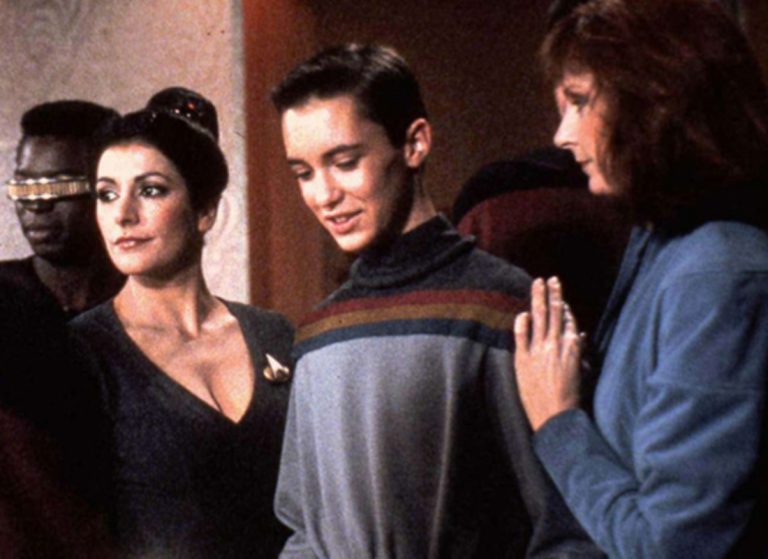
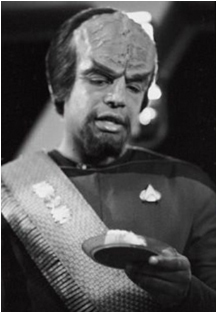 Inspired by TrekCore’s efforts to
Inspired by TrekCore’s efforts to 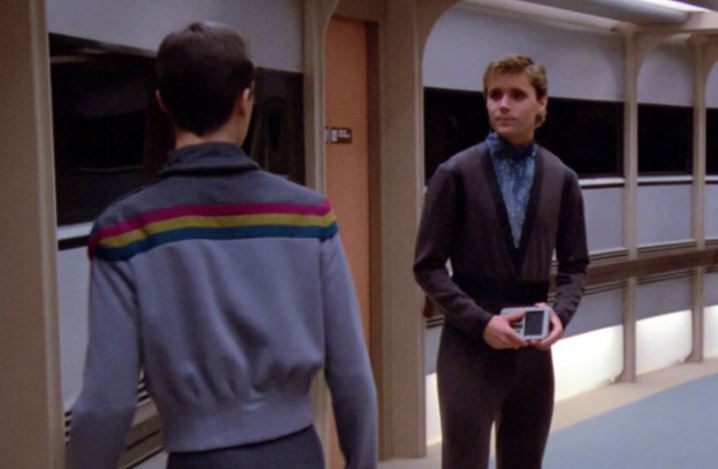
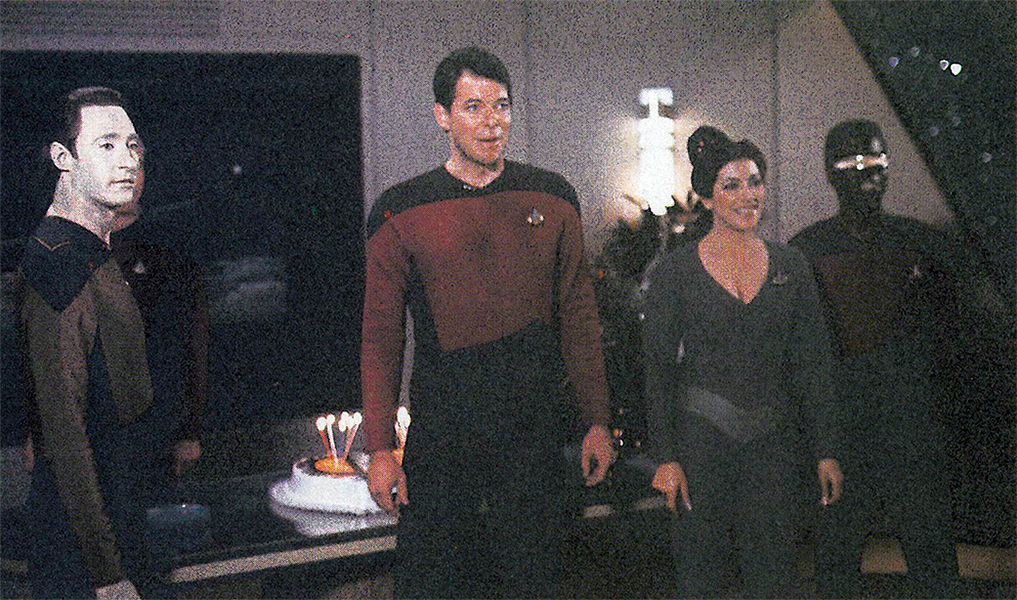
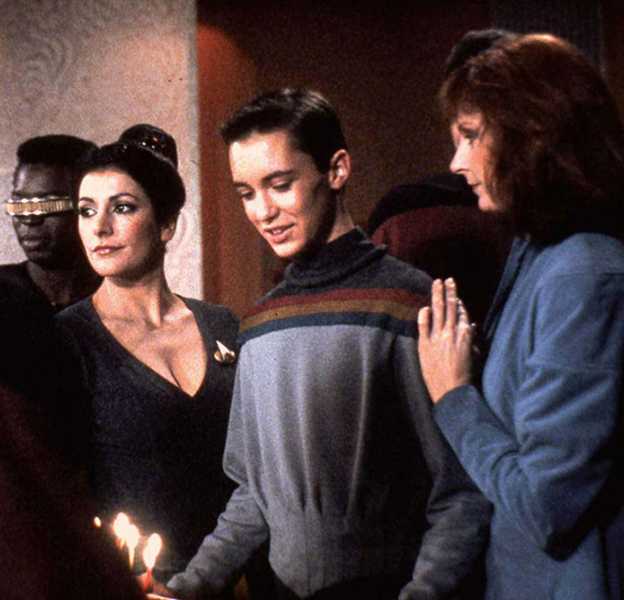
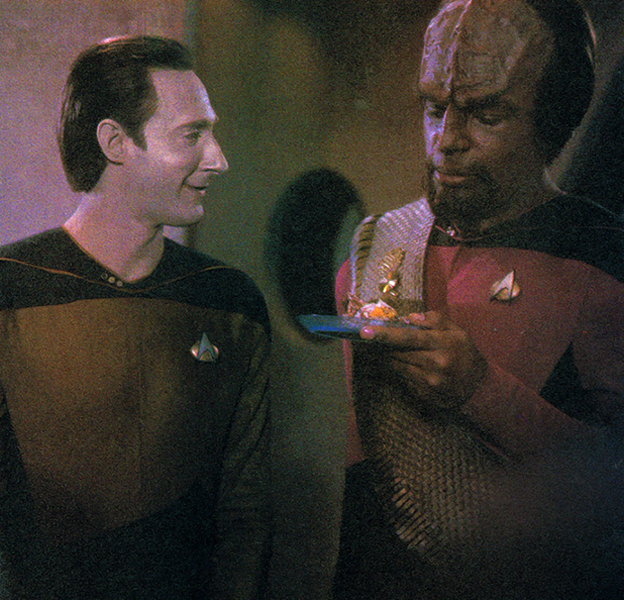
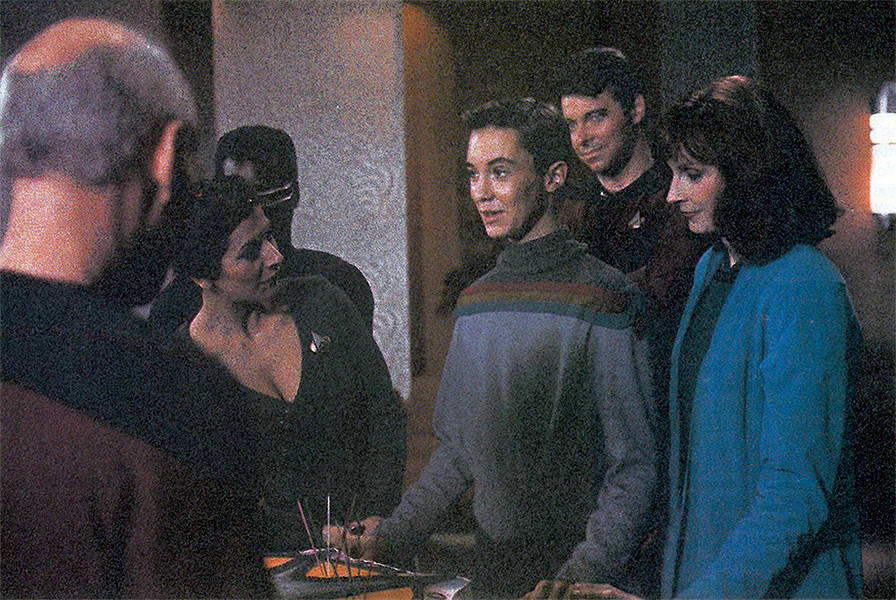
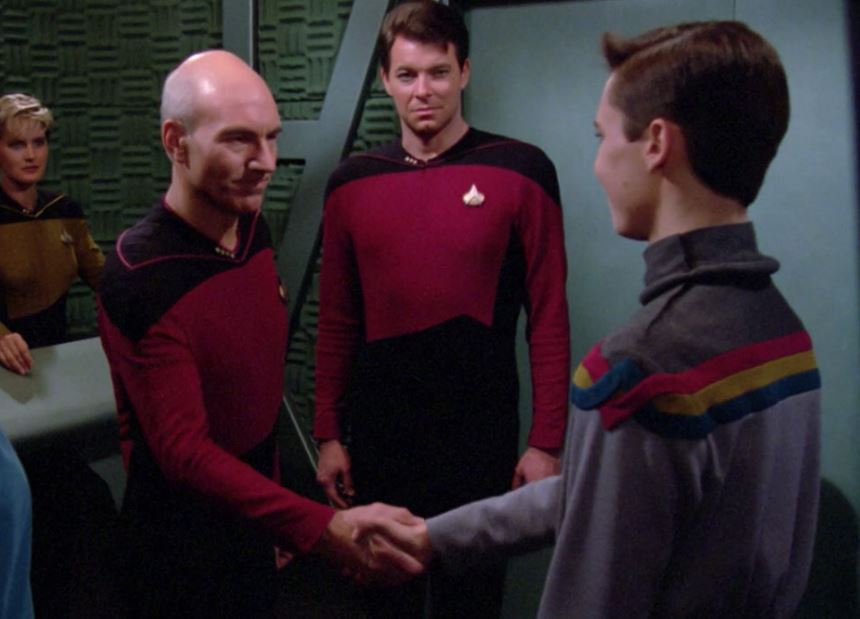
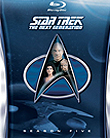
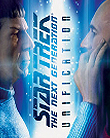
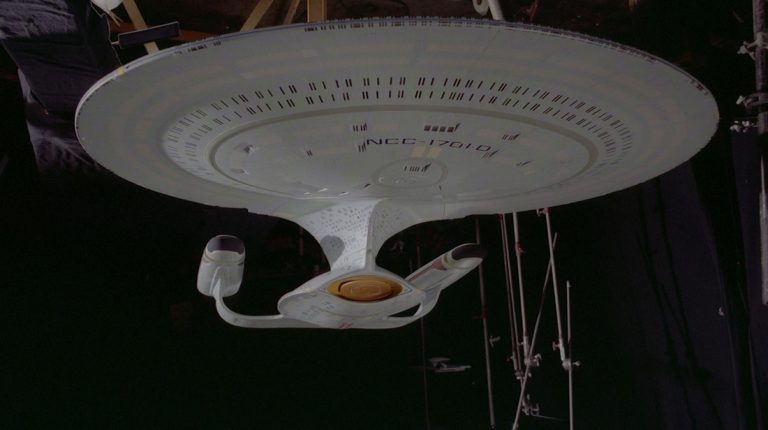
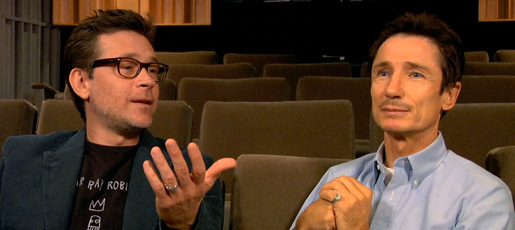
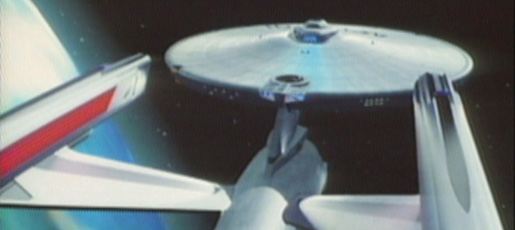
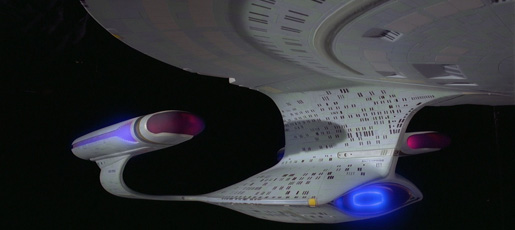
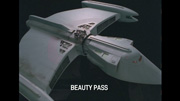
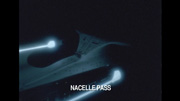

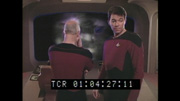
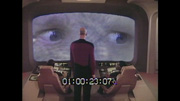
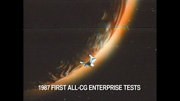
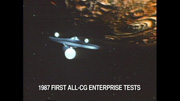
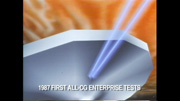
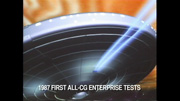
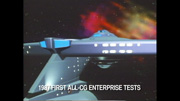
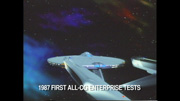
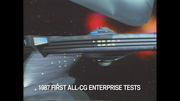
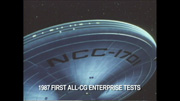
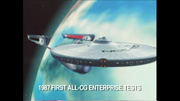
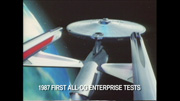
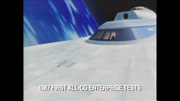
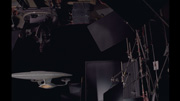
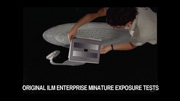
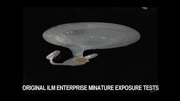
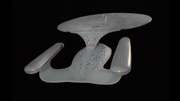

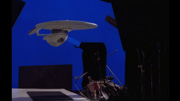
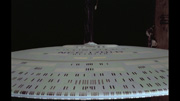
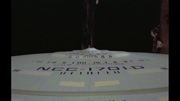
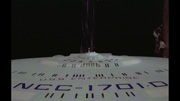

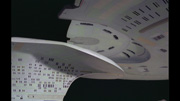
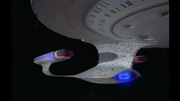
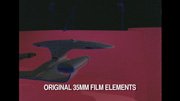
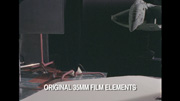
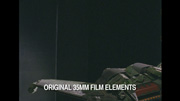
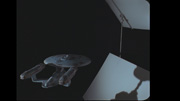
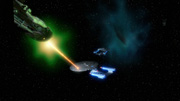
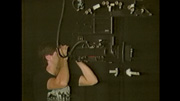
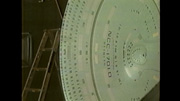

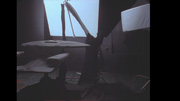
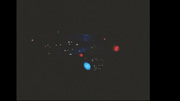
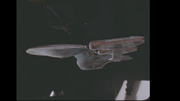
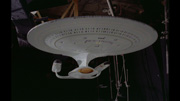
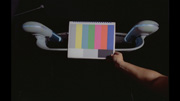
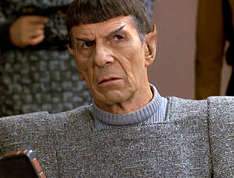
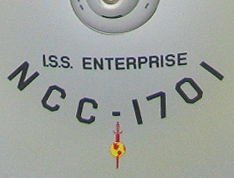
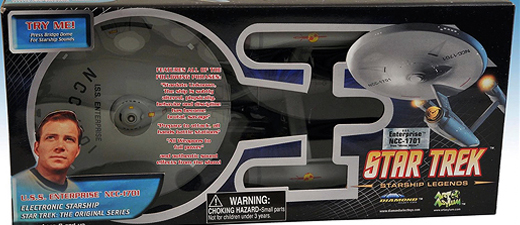
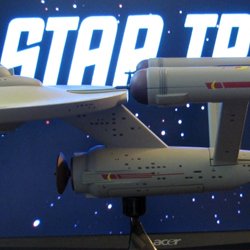
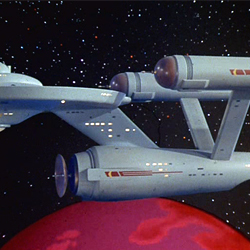
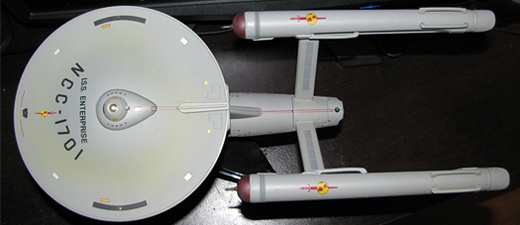
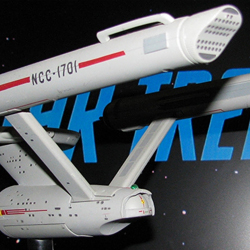
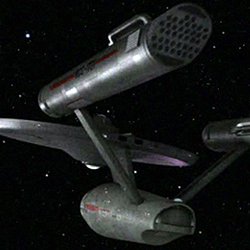
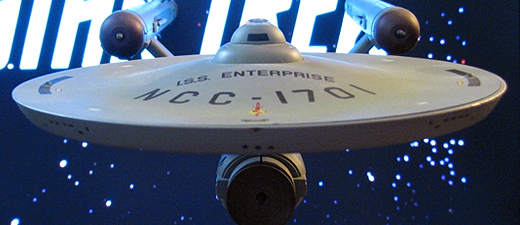
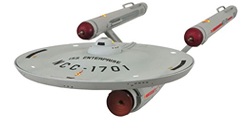
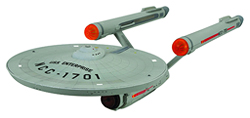
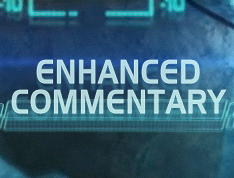
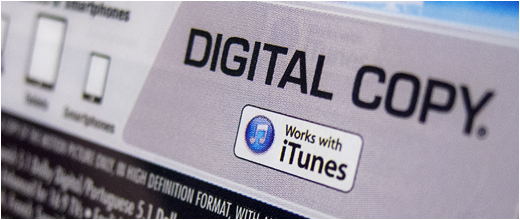
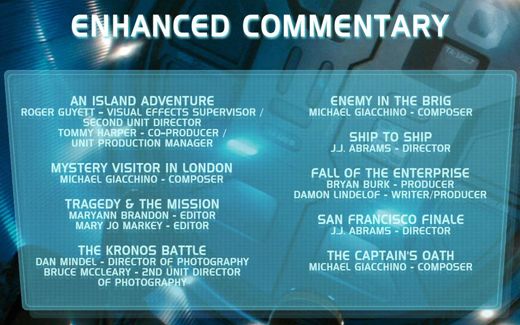

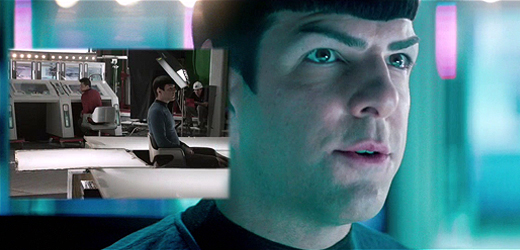
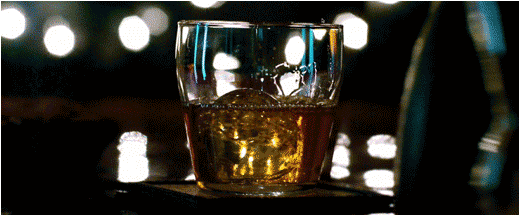 Editors Maryann Brandon and Mary Jo Markey discuss a unique lighting challenge.
Editors Maryann Brandon and Mary Jo Markey discuss a unique lighting challenge.